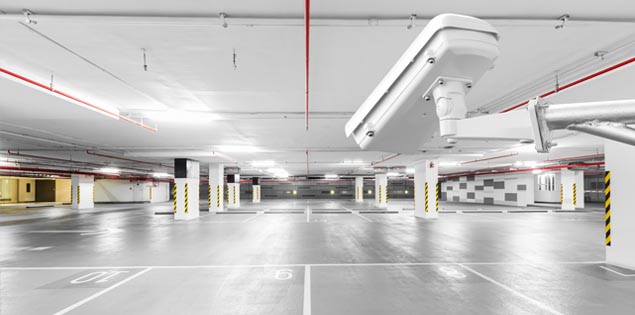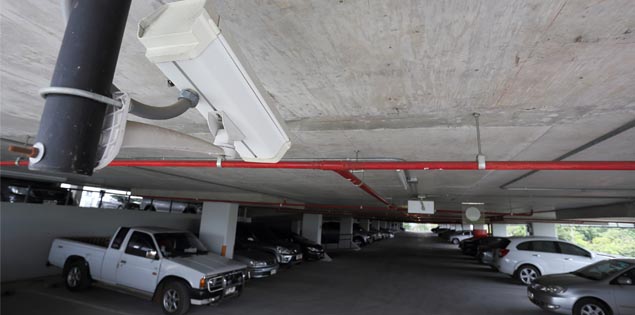
Parking is synonymous with frustration in nearly every place where cars and driving are involved, from losing customers in a downtown business district to a frustrated workforce starting their day by circling a parking lot. Close to 60 percent of drivers say they turn around and abandon their plans because they can’t find a spot — lost revenue for your garage and your municipality. Bickering over parking is a near-constant trope in an office environment, with prime spots occasionally being used as rewards for performance. That certainly underscores some underlying frustrations in the office!
Luckily for those who are tasked with parking management, there are many technologies available to help ease this burden. However, “technologies” doesn’t need to evoke visions of a futuristic system. Technologies that were revolutionary years ago are becoming — or have become — a necessary standard for parking garages who need to perform at maximum capacity at all times. Lots managed by municipalities, malls, colleges, hospitals, companies and more can implement some of these now-standard technologies to help address the never-ending parking. Since these technologies have gone from luxury conveniences to management must-haves, they’re accessible and easy to incorporate.
Which of these parking technologies need to be incorporated in order to maximize the capabilities of a parking facility, whether existing or newly-built? Which technologies will benefit everyone, regardless of the type of technology they own or the type of car they drive?
Show Me The Spot: Direct Guidance Is The New Normal

Not being able to find a spot is not just a headache for the drivers involved, but for others on the street as well. Searching for the elusive spot spills out into many other areas not directly related to parking, including traffic on a crowded city street or a one-lane access road.
Direct guidance addresses parking woes with simple cause and effect: the faster cars get out of queue and into spots, the less traffic there will be on the streets surrounding the parking lot or garage. That has the potential to save a lot of time and headache, considering the average American wastes 42 hours per year in traffic.
Three major direct guidance parking technologies shape this landscape:
- Level guidance: Level guidance eliminates aimless wandering through a parking garage with one step. This basic system sets up an LED screen at the parking garage entrance which updates the amount of available spots on each level in real time. As cars enter and exit, the numbers on the screen accurately reflect what’s there, reducing frustrations and easing the traffic entering the garage. With level guidance, cars can drive directly to the entrance instead of slowly making their way through the levels to find their ideal — or even any — parking spot.
- Space guidance: Space guidance gets right down to the granular level. Instead of notifying the driver which level has available spots, space guidance takes the driver directly to where those openings are located on each floor. LED lights down the center of the driving lane accurately mark exactly where each open space is located. Drivers can make their way directly to the spot without craning their necks to look or slowing to a crawl to search for that coveted open space.
- Video-based parking identification: Just as important as parking a car is finding it again when it’s time to leave. Video-based parking identification scans license plates, allowing patrons to easily locate their cars from a kiosk at the entrance instead of wandering levels and lots in search of their cars. This technology is a perfect embodiment of the cause and effect parking technologies have on the lot: the faster a car exits a garage, the sooner another car can enter.
These three direct guidance parking systems are easily accessible, whether by retrofitting an existing garage or outfitting a newly-built facility from the get-go. Regardless of timeline for completion or facility age, parking managers can successfully install and run direct guidance technologies in order to simplify their parking solutions.
